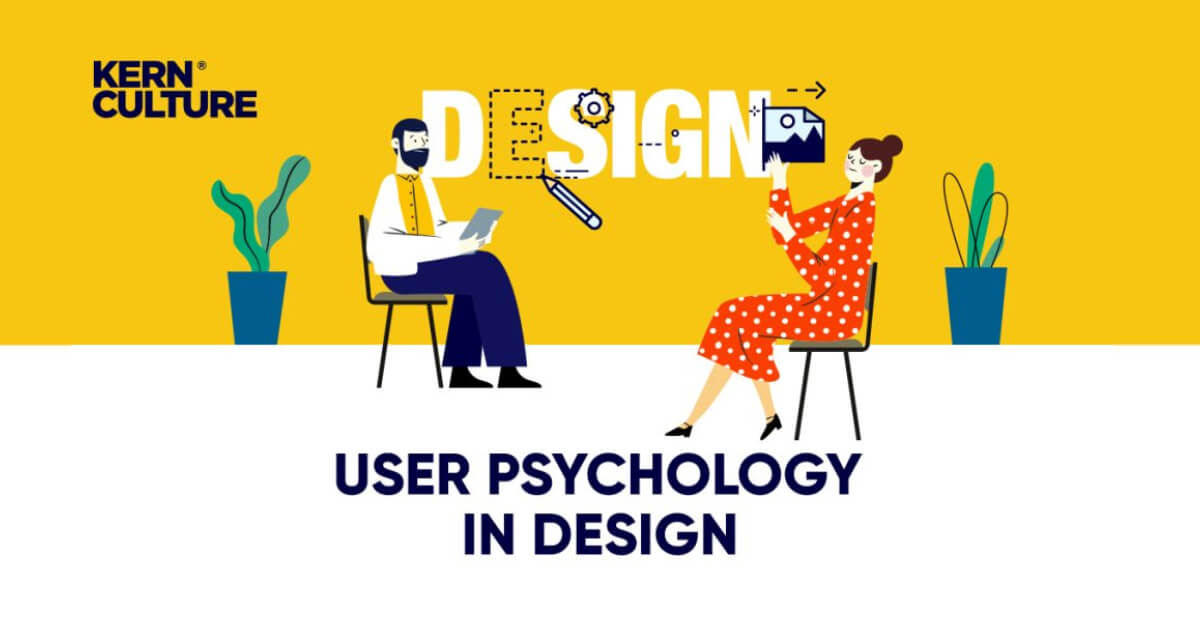Before jumping into the Nitty-gritties of design psychology, first ask yourself, what is design? By definition, design is a tool for the construction of an object or system that influences consumer behavior. This could be in the form of a prototype, product, or even a process.
Good design is a powerful tool businesses use to influence consumer behavior. Whether it’s the design of a product, a website, or a physical store, the way things are presented can have a significant impact on how people perceive and interact with them.
One way that design can influence consumer behavior is by creating a sense of urgency. Limited-time offers countdown timers, and other design elements can create a sense of scarcity, making consumers feel like they need to act quickly before the opportunity is gone. This can be particularly effective in e-commerce, where consumers are often browsing multiple sites and may be more likely to make a purchase if they feel like they’re getting a deal that won’t last.
Another way that design can influence consumer behavior is by creating a sense of trust. Clear and concise information, professional and polished design, and visible security measures can all help to build trust with consumers, making them more likely to make a purchase or provide personal information.
Design can also influence consumer behavior by creating a sense of familiarity. For example, using design elements that are consistent with a brand’s existing visual identity can create a sense of familiarity and comfort for consumers. This can help to reinforce brand loyalty and encourage repeat purchases.
Overall, the psychology of design is an important consideration for businesses looking to influence consumer behavior. By understanding how design elements can impact perception and behavior, businesses can create products and experiences that are more effective at driving sales and building customer loyalty.

